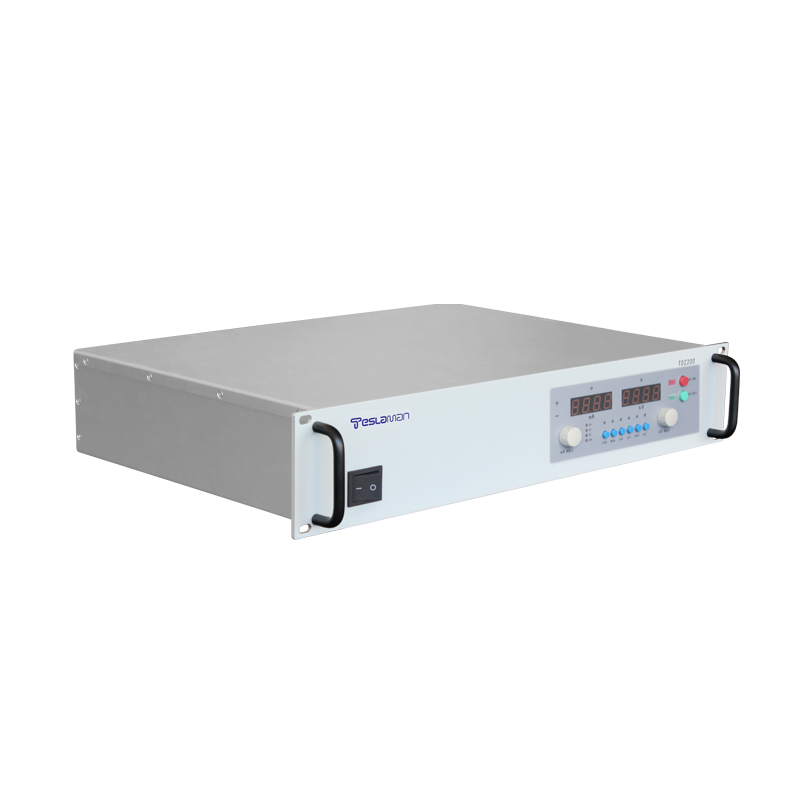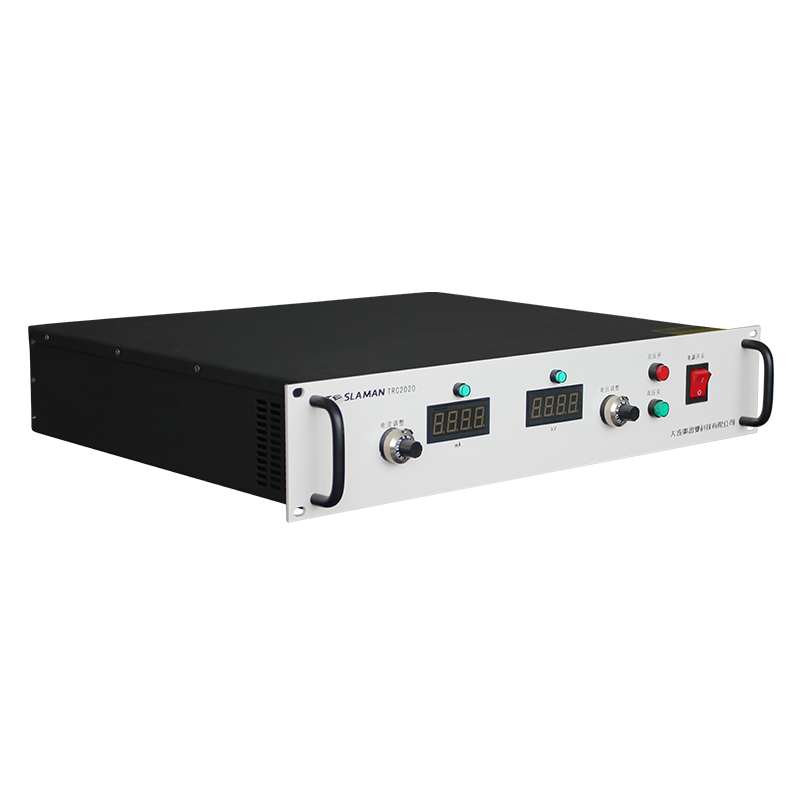Research on Discharge Delay Correction of Excimer Laser High-Voltage Power Supply
Abstract
Excimer lasers play an irreplaceable role in semiconductor lithography and ophthalmic surgery, where the timing accuracy of output pulses directly affects process quality. As the driving core, the discharge delay stability of high-voltage power supplies becomes a key constraint on laser performance. This paper systematically analyzes the generation mechanism and correction methods for discharge delay, proposing a multi-dimensional cooperative control strategy.
1. Physical Causes of Discharge Delay
1. Switching Device Response Lag
High-voltage switching devices (e.g., IGBT modules) exhibit inherent turn-on/off times (typically 0.5-2μs). At repetition frequencies exceeding 200Hz, carrier recombination delays cause significant timing jitter. Experimental data show that for every 10°C temperature increase, delay time drifts by approximately ±15ns.
2. Nonlinear Capacitor Charging/Discharging
Dielectric relaxation effects in pulse forming network (PFN) ceramic capacitors lead to voltage recovery curve shifts. At operating voltages >15kV, capacitor equivalent series inductance (ESL) and switch junction capacitance form resonant circuits, causing leading-edge overshoot (typically 8-12%) and subsequent oscillation decay delays.
3. Gas Ionization Randomness
Gas mixtures in excimer cavities (e.g., Ar/F₂ for ArF) undergo three stages: electron avalanche → streamer discharge → arc discharge. Pre-ionization intensity fluctuations result in breakdown time dispersion of ±50ns (under standard conditions).
2. Core Delay Correction Technologies
1. Adaptive Pre-trigger Compensation
Discharge delay model:
τ_d = K₁·e^(-V/V₀) + K₂·(dP/dt) + K₃·T_j
Where V is operating voltage, P is gas pressure, and T_j is switch junction temperature. FPGA real-time acquisition of previous pulse cycle parameters dynamically adjusts the next pulse trigger advance, achieving ±3ns compensation accuracy.
2. Multistage Magnetic Compression Shaping
Magnetic switch chain added to PFN output:
• Primary saturable reactor (core material: nanocrystalline alloy) compresses pulse leading edge to <100ns
• Secondary magnetic pulse compressor eliminates oscillation tail
Tests show this solution reduces timing jitter from ±25ns to within ±5ns.
3. Cavity Pressure-Voltage Cooperative Control
Database of gas breakdown voltage-pressure characteristics established. When pressure sensors detect ±0.5% fluctuations, power output automatically compensates ΔV=K·ΔP (K≈23V/kPa for KrF lasers), maintaining discharge delay stability.
3. Experimental Verification
Tests on a 193nm lithography laser platform demonstrate:
• Pulse-to-pulse delay standard deviation decreased from 42ns to 6.3ns
• Output energy fluctuation optimized from ±7.2% to ±1.5%
• No mismatch arcs observed in 10⁷ consecutive discharges
4. Technological Outlook
Next-generation correction systems will integrate plasma spectrum monitoring with deep learning prediction. By analyzing discharge UV spectral characteristics to forecast delay trends, simulations indicate this approach could achieve ±1ns timing control precision at 2000Hz operation.




















